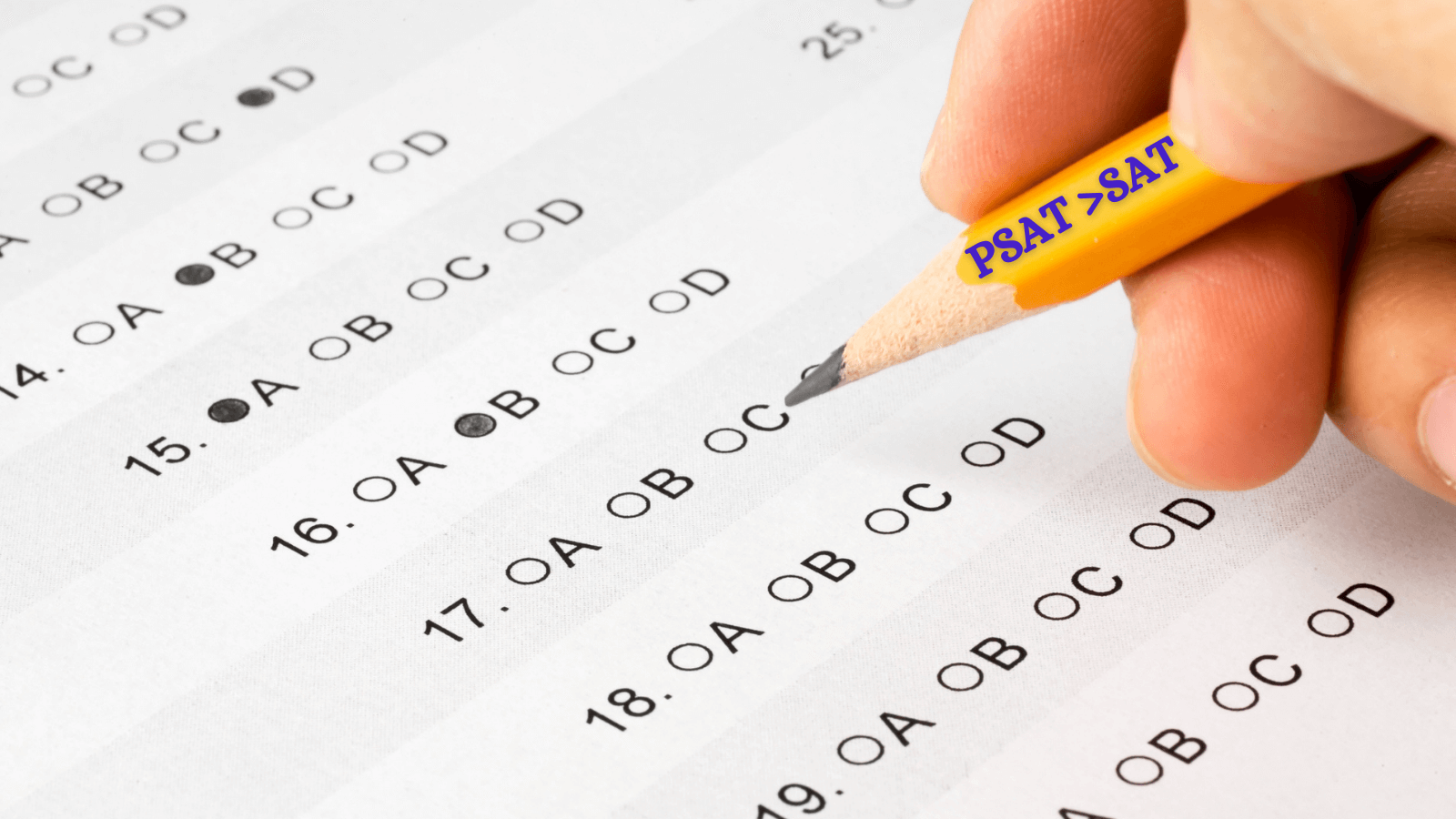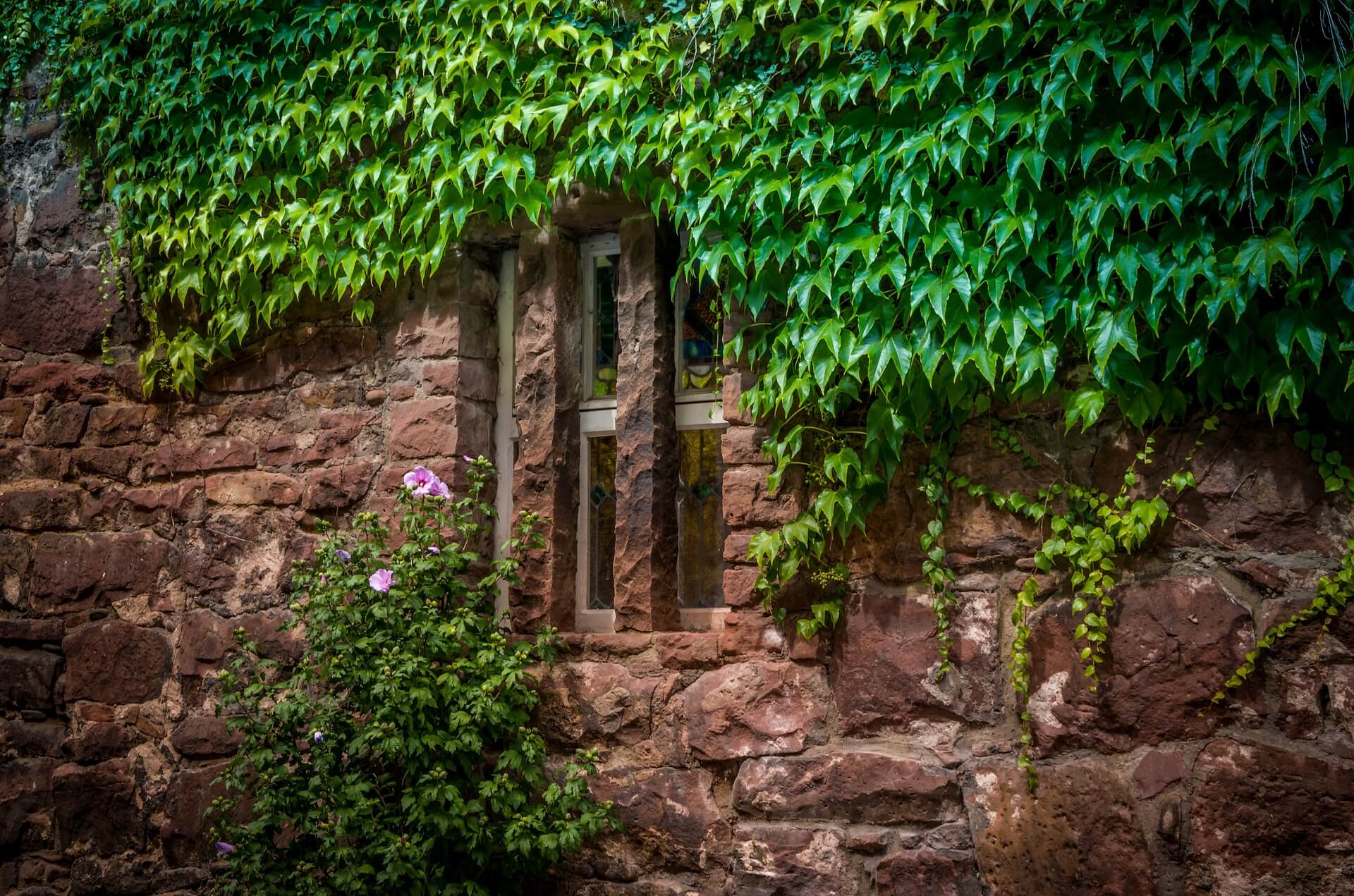Student-centric advice and objective recommendations
Higher education has never been more confusing or expensive. Our goal is to help you navigate the very big decisions related to higher ed with objective information and expert advice. Each piece of content on the site is original, based on extensive research, and reviewed by multiple editors, including a subject matter expert. This ensures that all of our content is up-to-date, useful, accurate, and thorough.
Our reviews and recommendations are based on extensive research, testing, and feedback. We may receive commission from links on our website, but that doesn’t affect our editors’ opinions. Our marketing partners don’t review, approve or endorse our editorial content. It’s accurate to the best of our knowledge when posted. You can find a complete list of our partners here.
What Are the Little Ivies?
 By
Varonika Ware
By
Varonika Ware 
Varonika Ware is a content writer at Scholarships360. Varonika earned her undergraduate degree in Mass Communications at Louisiana State University. During her time at LSU, she worked with the Center of Academic Success to create the weekly Success Sunday newsletter. Varonika also interned at the Louisiana Department of Insurance in the Public Affairs office with some of her graphics appearing in local news articles.
Full BioLearn about our editorial policies

Bill Jack has over a decade of experience in college admissions and financial aid. Since 2008, he has worked at Colby College, Wesleyan University, University of Maine at Farmington, and Bates College.
Full BioLearn about our editorial policies

Maria Geiger is Director of Content at Scholarships360. She is a former online educational technology instructor and adjunct writing instructor. In addition to education reform, Maria’s interests include viewpoint diversity, blended/flipped learning, digital communication, and integrating media/web tools into the curriculum to better facilitate student engagement. Maria earned both a B.A. and an M.A. in English Literature from Monmouth University, an M. Ed. in Education from Monmouth University, and a Virtual Online Teaching Certificate (VOLT) from the University of Pennsylvania.
Full BioLearn about our editorial policies

You may have heard of Ivy League universities, but do you know about the Little Ivy League schools? The “Little Ivies” are an unofficial group of colleges that offer rigorous academic programs similar to the ones offered by the Ivy League. They are very small schools, hence the title of “Little” Ivies. Keep reading to learn more about the Little Ivies and decide whether they’re the right fit for you!
Overview of the Little Ivies
There are a lot of Ivy League alternatives, such as Public Ivies, Hidden Ivies, and Ivy Plus schools. To clarify, all of the Little Ivies are also considered Hidden Ivies. The Little Ivies are small liberal arts colleges that focus more on undergraduate education since the majority of these schools don’t offer graduate programs.
More than half of the Little Ivies make up the New England Small College Athletic Conference (NESCAC), so students will have an opportunity to participate in sports on campus as well.
@scholarships360 To find out more about the Little Ivies, check out the full list of school here! 🍁 https://scholarships360.org/college-admissions/little-ivy-league-schools/ #scholarships360 #scholarship #student #education #college #littleivy #ivyleague
♬ original sound – scholarships360
The Little Ivies
So, which schools make up the Little Ivies? Check out this list (arranged in alphabetical order) to read a snapshot of each Little Ivy. We also included where each school is located, undergraduate enrollment numbers, the most popular fields of study, and sports team names!
Amherst College
This private liberal arts college is all about making college affordable. According to their website, Amherst’s average financial aid package is about $50,000 each year, making this small private liberal arts college a possibility for students who need financial aid.
- Location: Amherst, Massachusetts
- Undergraduate enrollment: 1,745 students
- Most popular field of study: Mathematics and economics
- Team: Mammoths
Bates College
Bates College is a private liberal arts college with an almost perfect graduation rate at 91%! Attending this college will prepare you for success, and your professors are there to help. An added perk is that ACT and SAT scores aren’t required for your application.
- Location: Lewiston, Maine
- Undergraduate enrollment: 1,876 students
- Most popular field of study: Political science and government
- Team: Bobcats
Bowdoin College
Bowdoin is constantly seeking out the common good for their students and community. If you’re considering applying, take time to consider what the common good means to you and highlight that in your supplemental essay.
- Location: Brunswick, Maine
- Undergraduate enrollment: 1,776 students
- Most popular field of study: Political science and government
- Team: Polar Bears
Colby College
This liberal arts college has an acceptance rate of 10%, so take the time you need to perfect your application. While Colby is one of the few liberal arts colleges that does not require supplemental essays, you’ll want to stand out in things like extracurriculars and volunteering.
- Location: Waterville, Maine
- Undergraduate enrollment: 2,155 students
- Most popular field of study: Economics
- Team: Mules
Connecticut College
Attending this college means you get a chance to explore a new kind of curriculum called Connections. It’s a spin on liberal arts education with seminars, advising teams, and more!
- Location: New London, Connecticut
- Undergraduate enrollment: 1,711 students
- Most popular field of study: Psychology
- Team: Camels
Hamilton College
Hamilton College has an acceptance rate of 18%, but there’s plenty of resources to improve your chances of acceptance. For example, Hamilton offers sample supplemental essays that were successful along with tips for writing yours.
- Location: Clinton, New York
- Undergraduate enrollment: 1,901 students
- Most popular field of study: Economics
- Team: Continentals
Haverford College
Along with having a 92% graduation rate, Haverford has a 9 to 1 student-faculty ratio. This ratio means that you’re more likely to have one-on-one time with professors and a close knit classroom environment for learning.
- Location: Haverford, Pennsylvania
- Undergraduate enrollment: 1,306 students
- Most popular field of study: Political science and government
- Team: Fords
Lafayette College
At Lafayette College, you can discover your own path and create your own major! You can choose a happy middle between two departments or pick one of the current 51 areas of study.
- Location: Easton, Pennsylvania
- Undergraduate enrollment: 2,489 students
- Most popular field of study: Economics
- Team: Leopards
Middlebury College
Middlebury is one of the top producers of Fulbright winners, which is saying a lot about this small liberal arts college. The Fulbright Program is an educational exchange initiative that awards several students with grants each year.
- Location: Middlebury, Vermont
- Undergraduate enrollment: 2,571 students
- Most popular field of study: Economics
- Team: Panthers
Swarthmore College
This liberal arts college has an acceptance rate of just under 10%. However, it’ll all be worth it because Swarthmore students can win prizes for their cutting edge research. With a beautiful 425-acre campus, Swarthmore is home to the world famous Scott Arboretum which grows over 4,000 plant varieties.
- Location: Swarthmore, Pennsylvania
- Undergraduate enrollment: 1,435 students
- Most popular field of study: Economics
- Team: Garnets
Trinity College
Along with four other colleges, Trinity College recently partnered with the Schuler Education Foundation to raise $60 million for a financial aid initiative. The funding will be used to help low-income students that have potential to succeed.
- Location: Hartford, Connecticut
- Undergraduate enrollment: 2,194 students
- Most popular field of study: Economics
- Team: Bantams
Tufts University
This research college maintains the spirit of Pax et Lux, meaning “Peace and Light.” Tufts does their best to motivate students to use their knowledge to illuminate others. There are four different campuses in the Boston area for students to choose from.
- Location: Medford, Massachusetts
- Undergraduate enrollment: 6,053 students
- Most popular field of study: Computer science
- Team: Jumbos
Vassar College
Known for its beautiful campus in Poughkeepsie, New York, Vassar was one of the first women’s colleges to become co-ed in 1969. This school focuses on providing equal education and opportunities for women and men alike.
- Location: Poughkeepsie, New York
- Undergraduate enrollment: 2,421 students
- Most popular field of study: Research and experimental psychology and economics
- Team: Brewers
Wesleyan University
This university is one of the few Little Ivies that offer a graduate degree program. Students are able to continue their education at the same school and receive their master’s or doctorate degree. Wesleyan states that “critical thinking and practical idealism go hand in hand” and provide the learning environment to support that.
- Location: Middletown, Connecticut
- Undergraduate enrollment: 2,838 students
- Most popular field of study: Area studies
- Team: Cardinals
Williams College
You’re likely to be guided toward success at Williams College since they have a 95% graduation rate. This school hopes to foster close relationships between students and teachers, especially with their Tutorials Program. Through those connections, you can start building a network to propel and support your future career.
- Location: Williamstown, Massachusetts
- Undergraduate enrollment: 1,917 students
- Most popular field of study: Economics
- Team: Ephs
Supplemental essays for the Little Ivies
The following Little Ivies either require supplemental essays or offer students the opportunity to submit one (which we recommend!). Before you start writing, take a look at our school specific guides to help you write the most impressive supplemental essay possible!
| Amherst College | Lafayette College | Tufts University |
| Bowdoin College | Swarthmore College | Vassar College |
| Haverford College | Trinity College | Williams College |
Advantages of attending a Little Ivy
Smaller classes
The Little Ivies are known for their academics, but also for their size. Some of them even admit less than 2,000 undergraduate students per year. Fortunately, this allows for smaller classes with low student faculty ratios for hands-on learning.
Students might also have a better chance at networking and building relationships with their professors and peers. For example, Williams College offers a unique opportunity called the Williams Tutorial Program that pairs two students with one professor to further their learning and improve their skills.
More affordable for some students
One of the main differences between Ivy League universities and their Ivy alternatives is that other “Ivies” might offer merit scholarships as well as need-based ones. This gives applicants another way to make college more affordable and prevent student loan debt.
Disadvantages of attending a Little Ivy
Limited graduate programs
While there are some exceptions such as Tufts and Wesleyan University, the Little Ivies do not offer graduate programs. However, they highly value undergraduate education, which is why the curriculums offered rival Ivy League schooling. Some of the Little Ivies also offer dual degree programs for students to study for two degrees at once.
Hopefully, you’ll graduate from a Little Ivy and get a chance to pursue a graduate degree at an Ivy League! Or you might decide on another route and get a degree online while going to work.
Liberal arts curriculum
Liberal arts schools don’t specifically focus on a certain area of study like research colleges. Instead, they offer students a chance to experience multiple different disciplines. You’ll still be able to choose your major in programs like STEM, but your requirements are more likely to be generalized.
Centralized location
While some of the Ivy Leagues are spread out throughout the country, the Little Ivies have a more centralized location in the Northeast. Most of the colleges are found in states such as Maine, Pennsylvania, and New York.
Is a Little Ivy right for me?
Choosing a college that’s right for you can be stressful and confusing, but it’s best to decide by considering the type of major you’re interested in pursuing. Popular majors at the Little Ivies are economics and political science, but they have stellar degree programs in other areas as well. It’s ideal to also schedule a campus tour to see what the campus is like as well as the surrounding environment. Do your research early on to help make sure that the college you choose works for you. Check out the websites of some of your favorite Little Ivies to learn more about them.
Tips for applying to a Little Ivy
Applying to any kind of Ivy school can be tough, so there are a couple of things you can do to make your application process easier. Since Little Ivies value academics, it’s important for you to maintain a good GPA. If you are planning to submit the SAT/ACT, make sure that you strive for your very best score (especially if you are hoping for a merit scholarship). There are lots of resources to help you improve, including free practice tests.
Remember, GPAs and test scores are only part of your application. Colleges are looking for applicants to stand out, and a great way to do that is through your supplemental essay and extracurricular activities.
Try to get started on your supplemental essay early on in order to edit and get feedback from your peers, teachers, or family members. Reading your essay aloud will also help you notice any errors or sentences that disrupt the flow of your paper.
Finally, after your college applications are complete, be sure to apply for all the scholarships you qualify for! Take fewer loans for a more secure financial future!
Frequently asked questions about the Little Ivies
Is a Little Ivy education as good as one from the Ivy League?
Can I get merit scholarships at a Little Ivy?




 SAT" printed on his pencil">
SAT" printed on his pencil">
